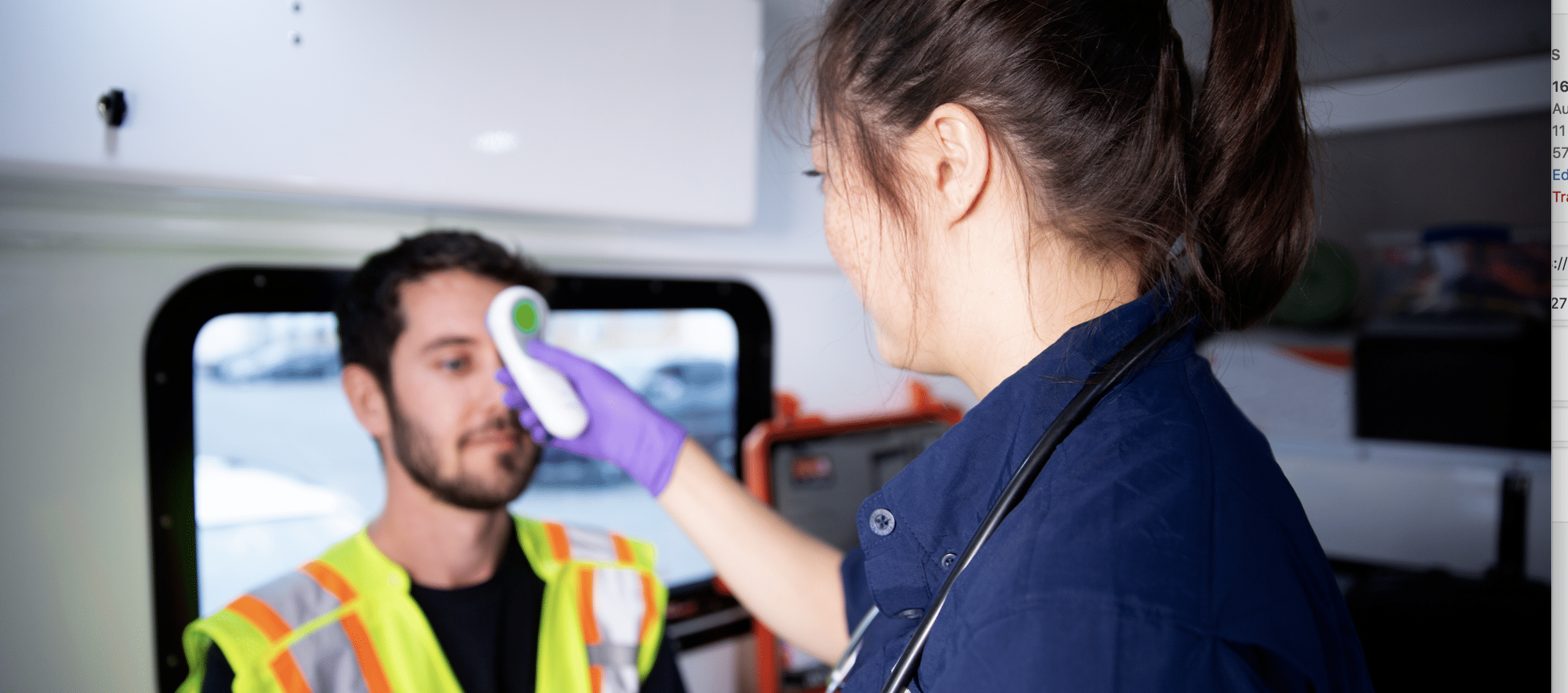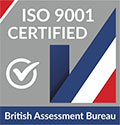Heat illnesses commonly occur on industrial project sites, where workers may be exposed to high temperature conditions for extended time periods. Even in cold locations, heat illness can occur in unexpected ways, like in engine rooms or through the heavy use of personal protective equipment (PPE).
Heat illnesses that occur before heat stroke can include heat syncope (fainting), heat exhaustion, and heat cramps. True clinical heat stroke is rare on most job sites, even in the worst conditions.
Because heat illnesses can happen so easily, it’s crucial to know how to effectively mitigate the potential for heat illness, as well as to properly identify and manage it.  In most instances, trained medics can treat workers who develop heat illness without triggering unnecessary OSHA recordables.
Remote Medical International’s experience providing occupational health services on project sites in some of the hottest places in the world, like Arizona, Texas, and central Africa, has taught us how critical it can be to have medical providers who are well educated on heat illness. We expect all of our providers to be prepared to manage heat illnesses on industrial project sites. Below is just some of what we teach our providers.
Symptoms
Heat Rash
The primary symptom of heat rash is groups of small, red blisters that look similar to pimples. These blisters are often located on the neck, chest, groin, or in elbow creases. Sunburn can also include blistering, although the blisters are often larger, and accompanied by painful, red, and warm skin, according to the Centers for Disease Control and Prevention.
Heat Cramps
Heat cramps can be identified by heavy sweating, particularly during exercise, and muscle pain or spasms.
Heat Exhaustion
Heat exhaustion has many different symptoms, including:
- Heavy sweating
- Cold, pale, and clammy skin
- Fast, weak pulse
- Nausea or vomiting
- Muscle cramps
- Feeling tired or weak
- Feeling dizzy
- Headache
- Fainting
Heat Stroke
Although a rarity on most project sites, heat stroke can still occur. The primary symptoms of this condition are:
- High body temperature (103°F or higher)
- Hot, red, dry, or damp skin
- Fast, strong pulse
- Headache
- Feeling dizzy
- Nausea
- Confusion
- Losing consciousness
Some of these symptoms can also indicate heat exhaustion, but what sets it apart is a high body temperature and very hot, red skin.
Once a medic identifies heat illness, they can treat the patient.
General Approach to Treatment
Treating heat illnesses in industrial settings often requires an additional set of skills and knowledge as compared to treating them in a traditional definitive care facility. Â Supplies, types of clinical personnel, climate extremes, suboptimal transportation options and often poor communication are all challenges to industrial project sites, according to Remote Medical International chief medical officer.
The general focus of treatment for heat exhaustion is to rapidly cool the patient. This can be achieved through a variety of methods including:
- Moving the patient to an air conditioned space
- Removing PPEs
- Removing tight and heavy clothing
- Using fans
- Misting the patient with cool water
- Hydrating the patient with liquids
If the patient is suspected of having heat stroke, the use of intravenous (IV) therapy may be necessary before evacuation from the project site, although we train our providers to limit use of IVs to only those cases that truly require them.
Medical Treatment Cases
Medical treatment cases are those that escalate above a first aid level. Overly aggressive treatments, such as IVs for mild heat exhaustion, can lead to unnecessary medical treatment cases. Once IV fluids begin to flow, a heat illness case is escalated from a first aid case to a medical treatment case by OSHA standards and most other safety governing bodies.
Conservative management of these cases is both safe and appropriate, and our providers are trained to begin with conservative treatments and escalate only when necessary.
Understanding the symptoms, treatments, and recordables associated with heat illnesses is a necessary core competency of any successful industrial health care provider. Contact us today to learn more about the occupational health training we provide to all Remote Medical International medical staff.


